Nancy Sayavong’s sculptures excavate the social and historical meanings of private and public spaces that are made invisible. In particular, the artist pulls apart sites of home renovation and urban renewal, their vocabulary of taste and socioeconomic desire, and how they reveal our compulsive social need to maintain certain appearances of our spaces.
Sayavong’s work mimics familiar constructions that form the foundations of urban and domestic sites, such as flooring, walls, and frames. Though precisely modeled on utilitarian structures in both scale and construction, the sculptures are instilled with elements of structural and material contradictions that render them unfunctional. By displaying the hollowed out interior of a column, for example, Sayavong creates tension between pragmatic and decorative function. The artist’s use of slightly off kilter constructions and uncommon materials for basic structures, and the resulting unease this provokes in the viewer, become the starting point for peeling back archetypes of architecture, exposing their social value. Sayavong evokes the visual and material syntax and historical genealogy of class by referencing classic columns, Persian rugs, framed artwork, and other signifiers of affluence.
Foreclosures, demolitions, and renovations, whether of homes or of public institutions, have long been symptoms of latent disappearing act of urban renewal campaigns. Erasure and rapid gentrification is particularly pronounced in San Francisco, where Sayavong moved a few years ago and currently lives. Much in the way that geological narratives can be taken from cross sections of trees and beds of sedimentary rock, Sayavong pinpoints layered indications of cultural capital and class distinction in American urban and domestic environments.
-Val Moon, Curatorial Assistant, Berkeley Art Museum and Pacific Film Archive











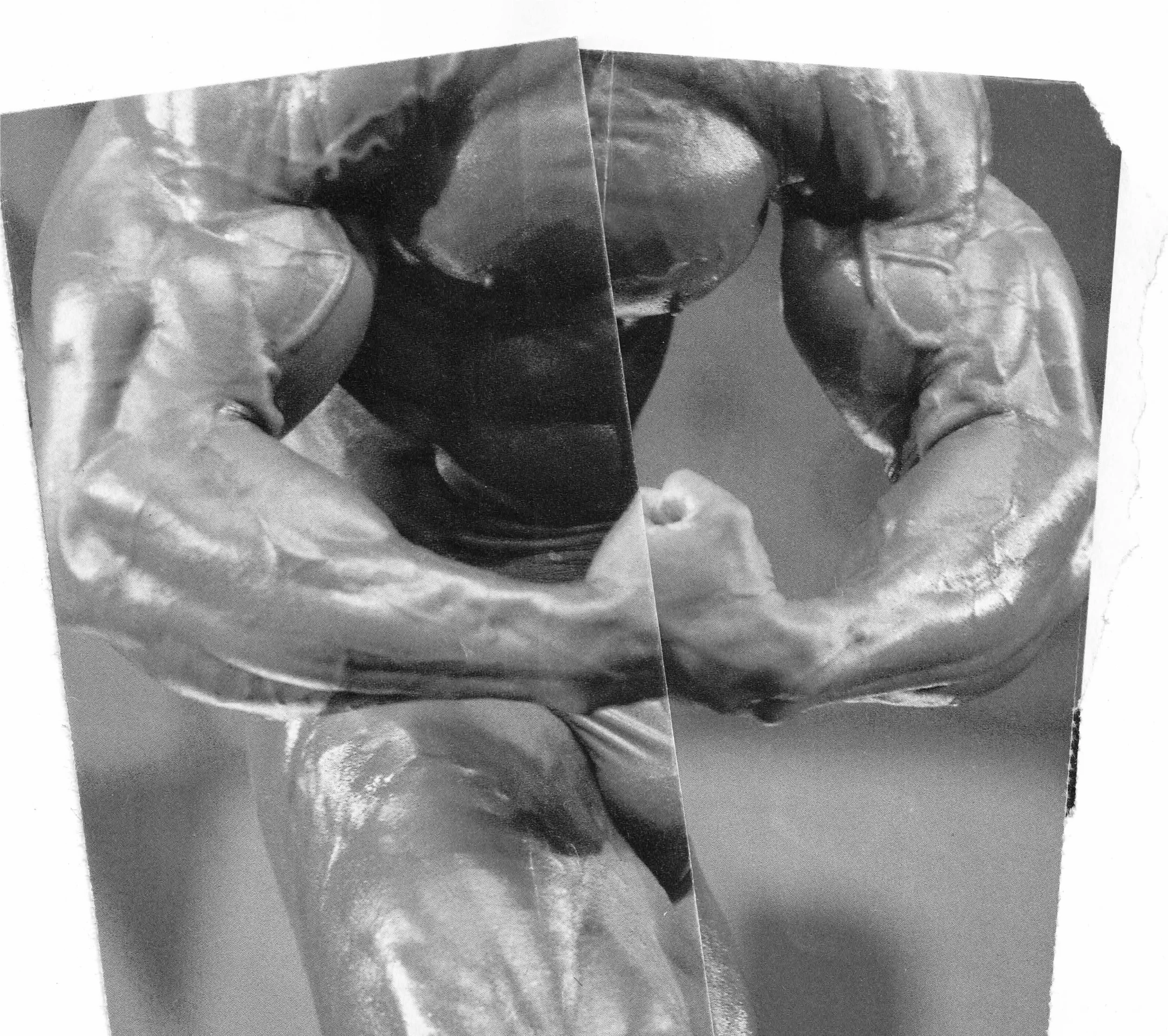






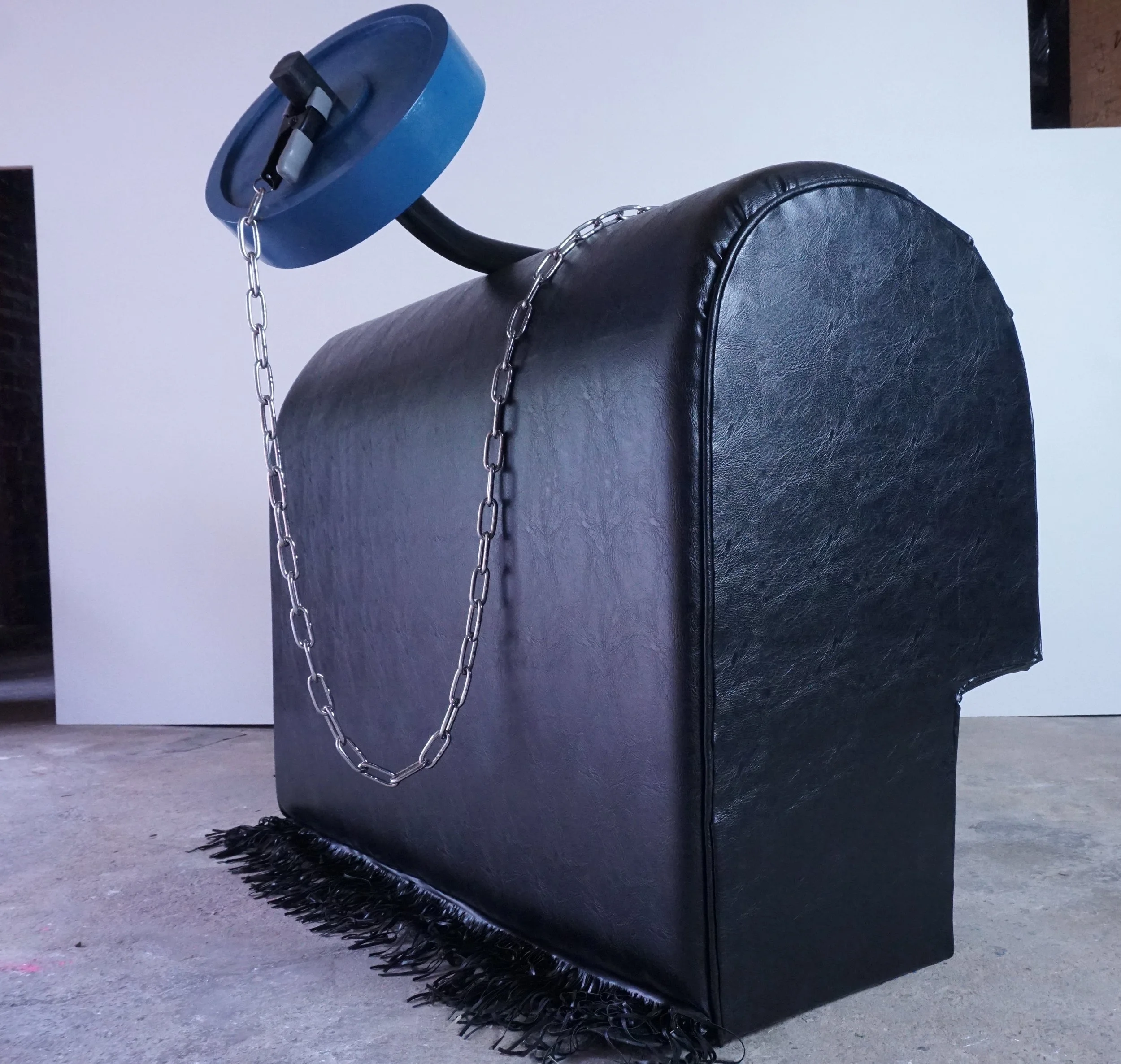

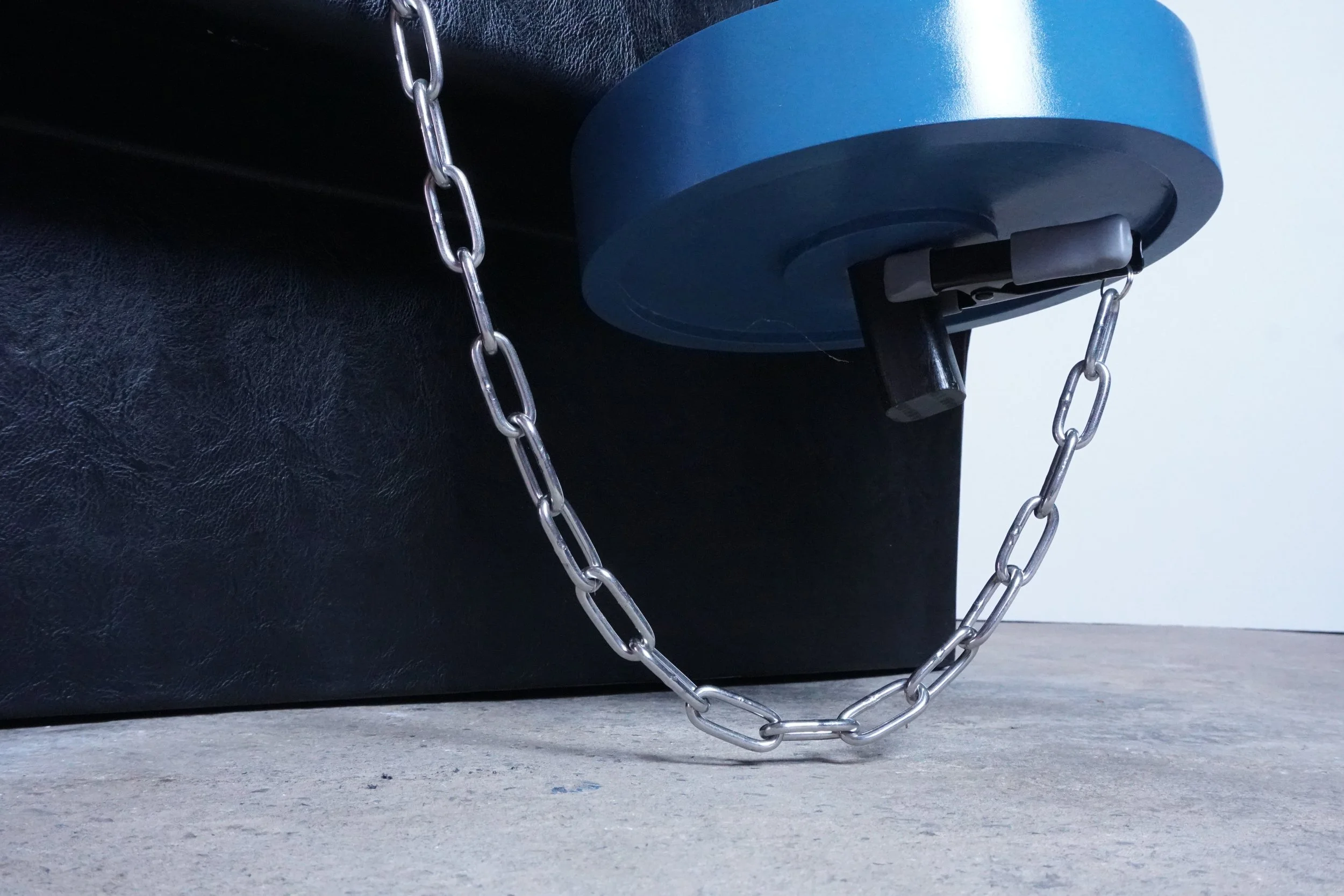

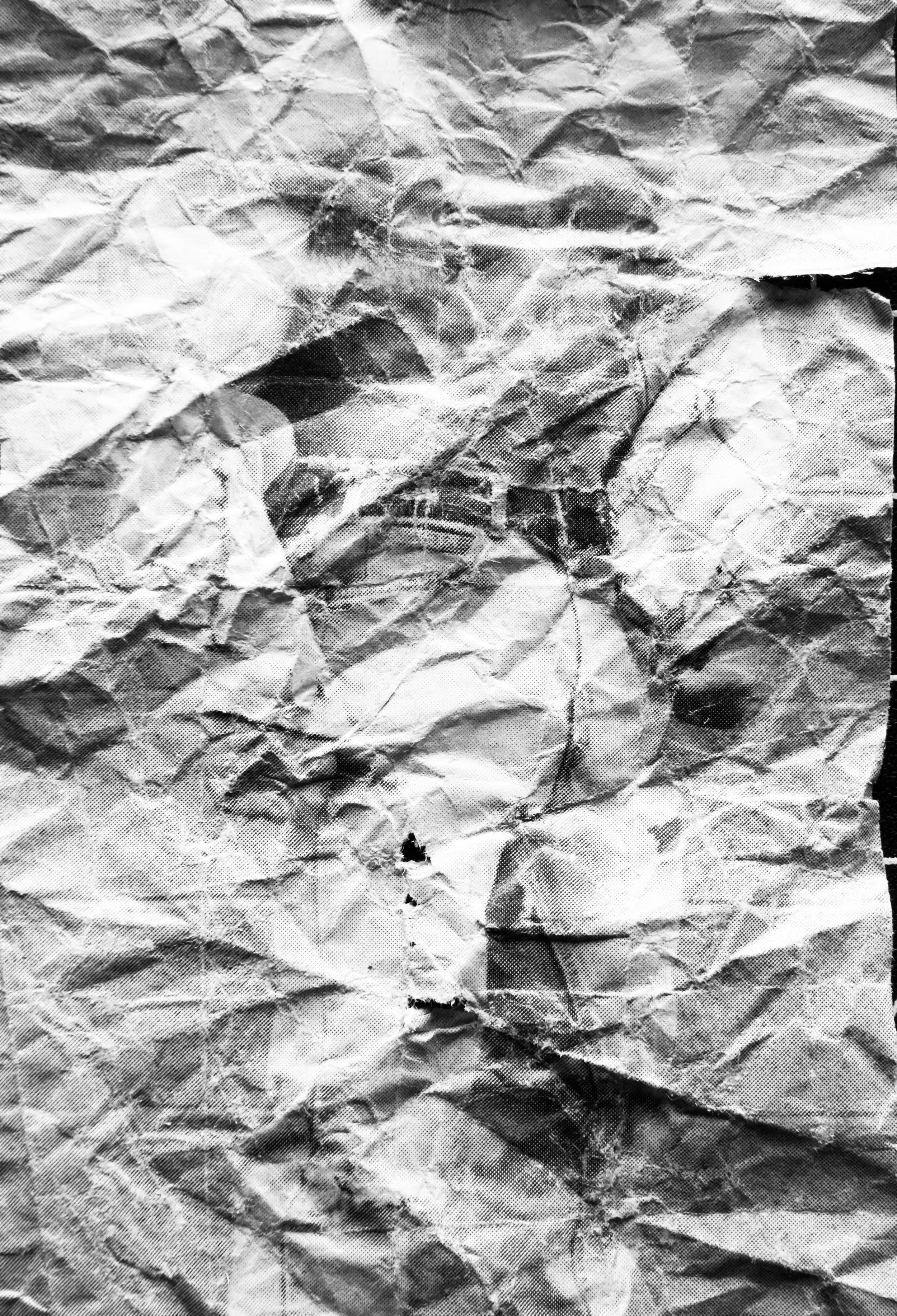














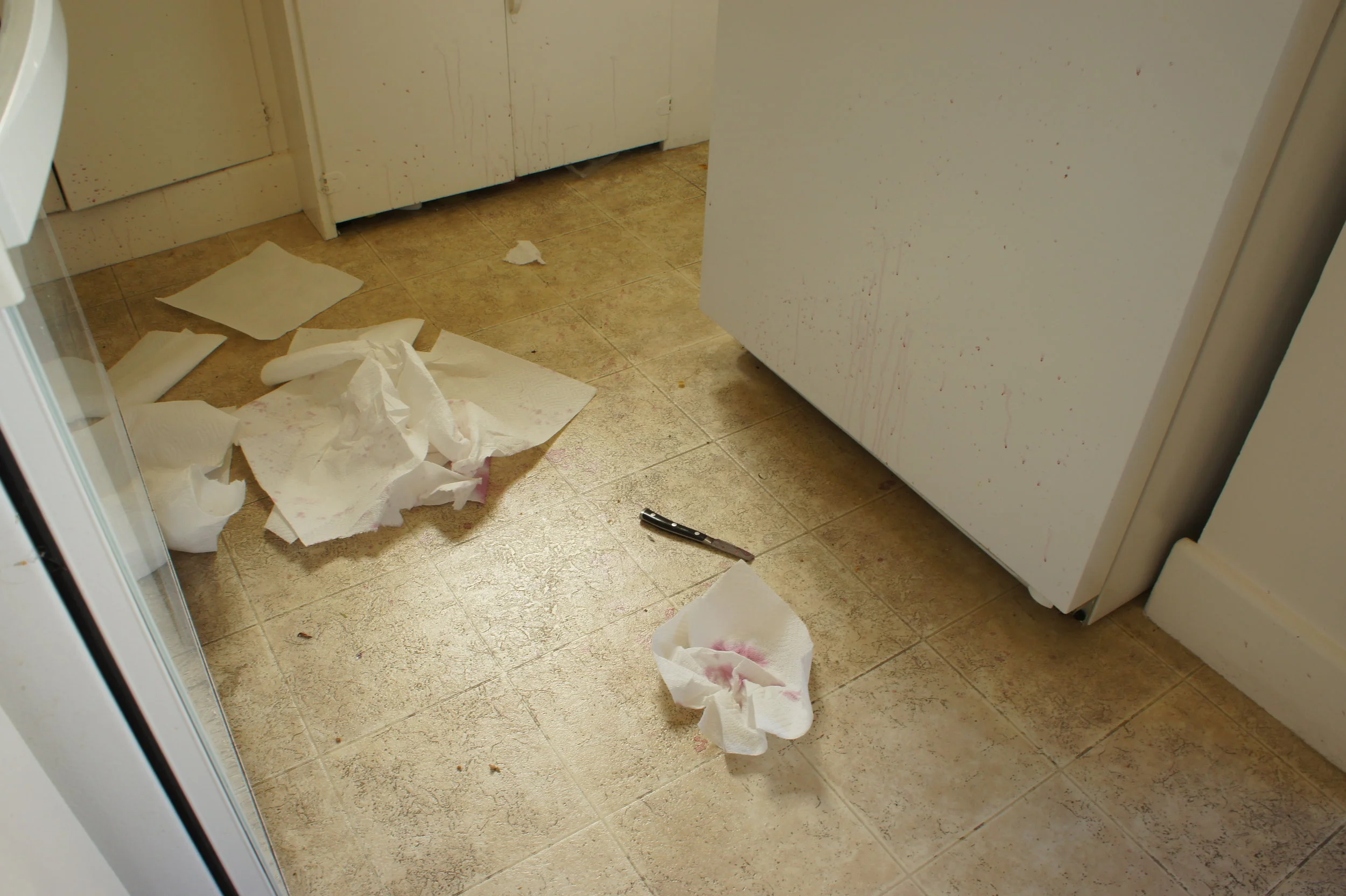
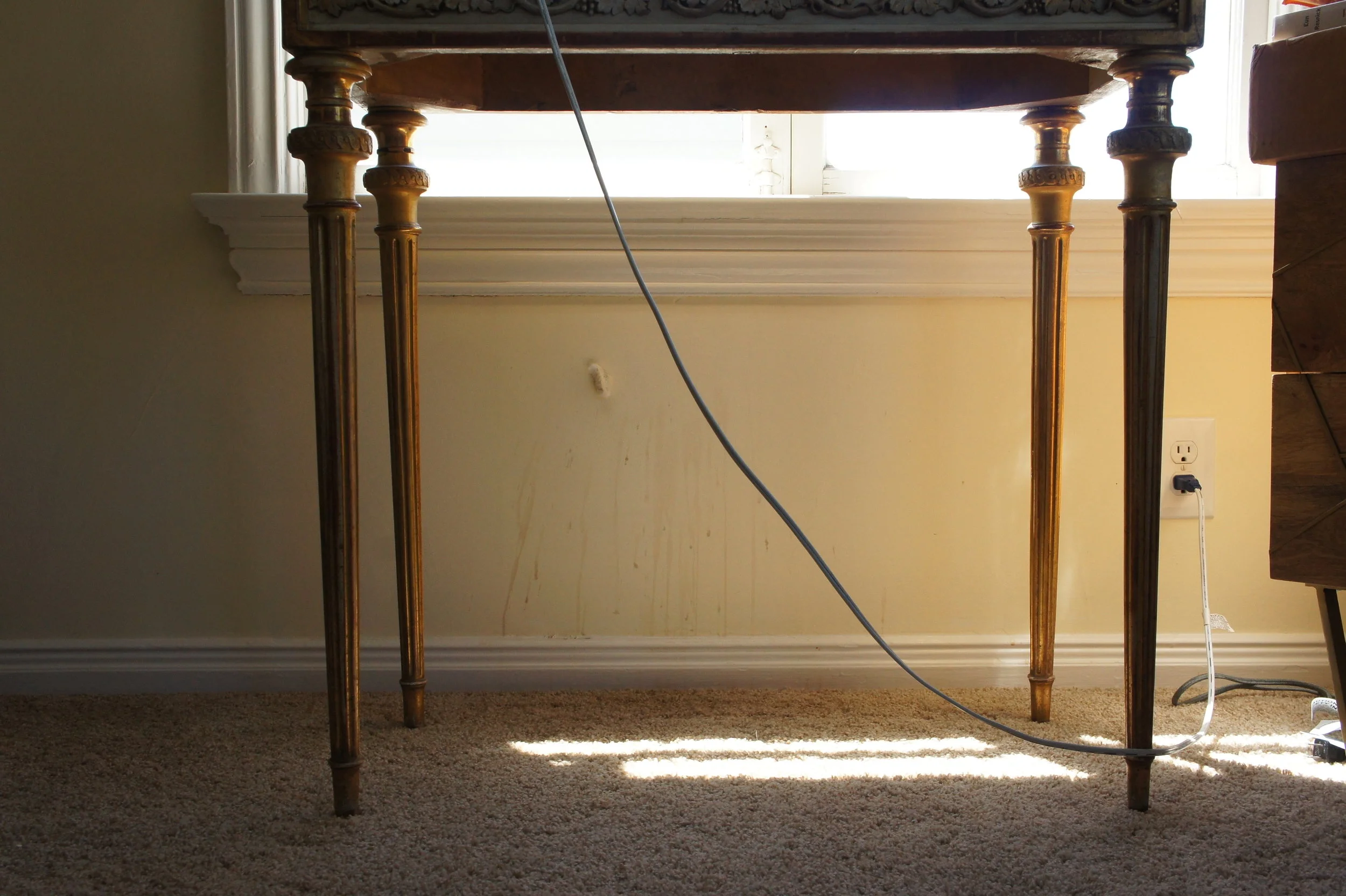
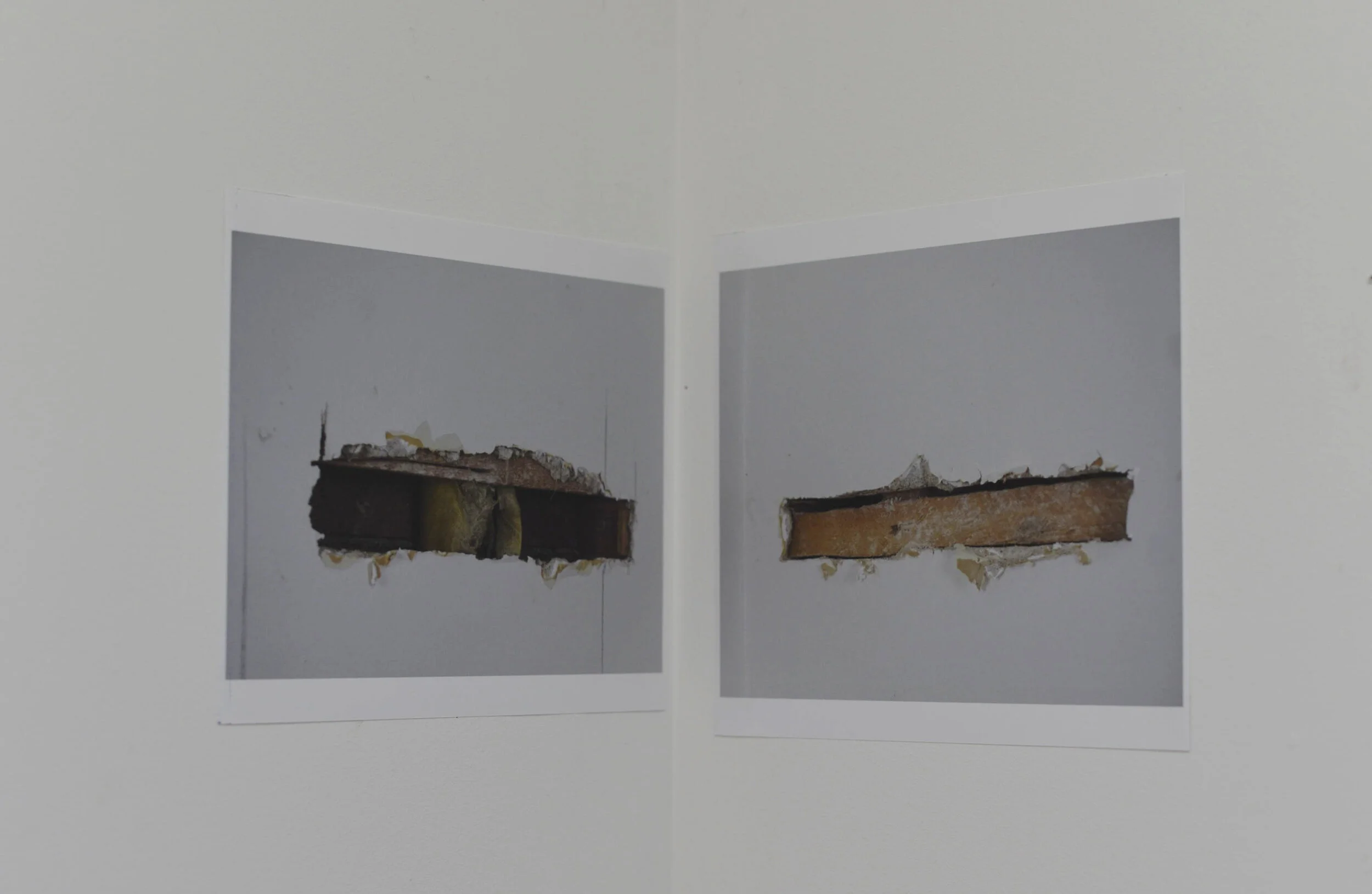


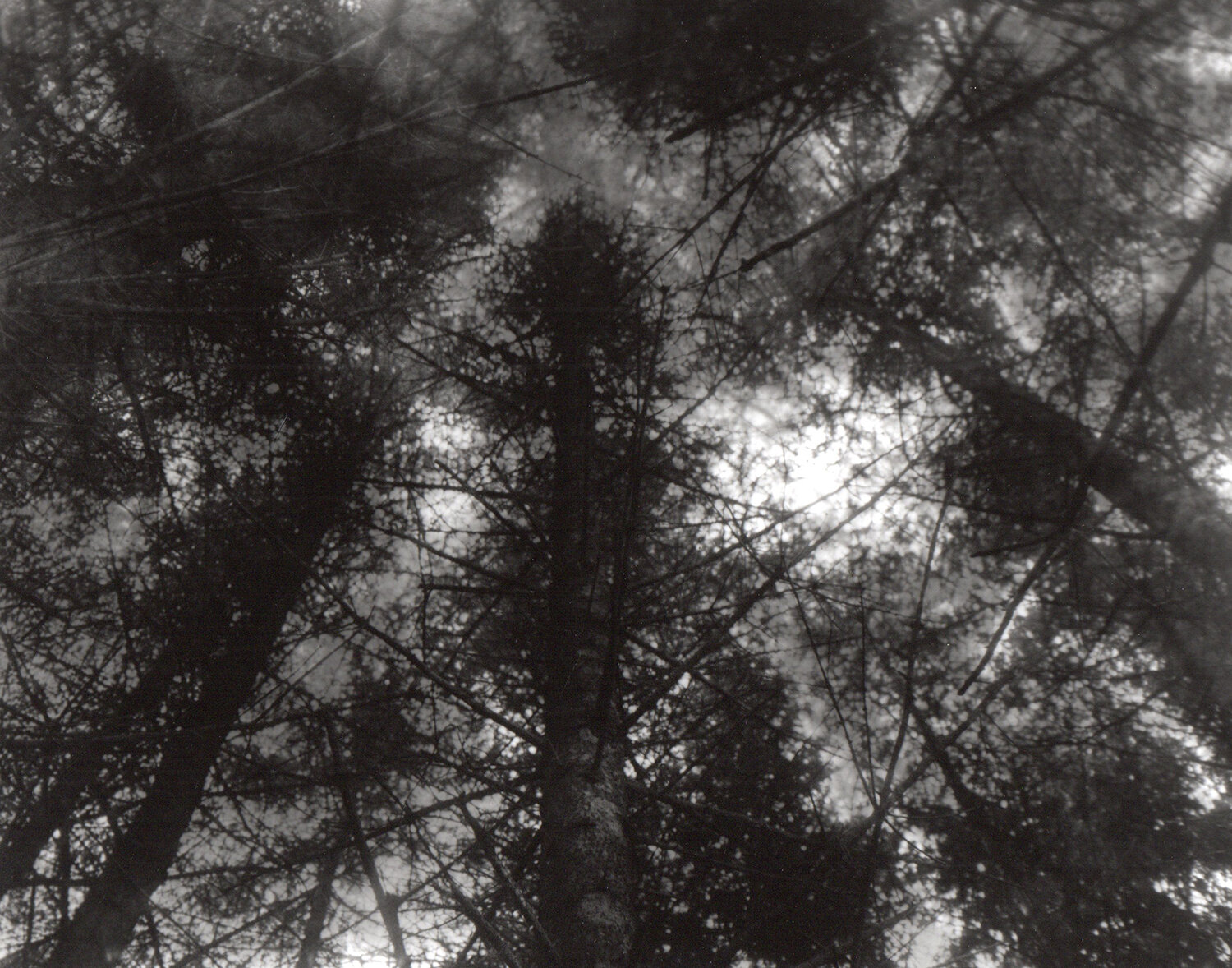








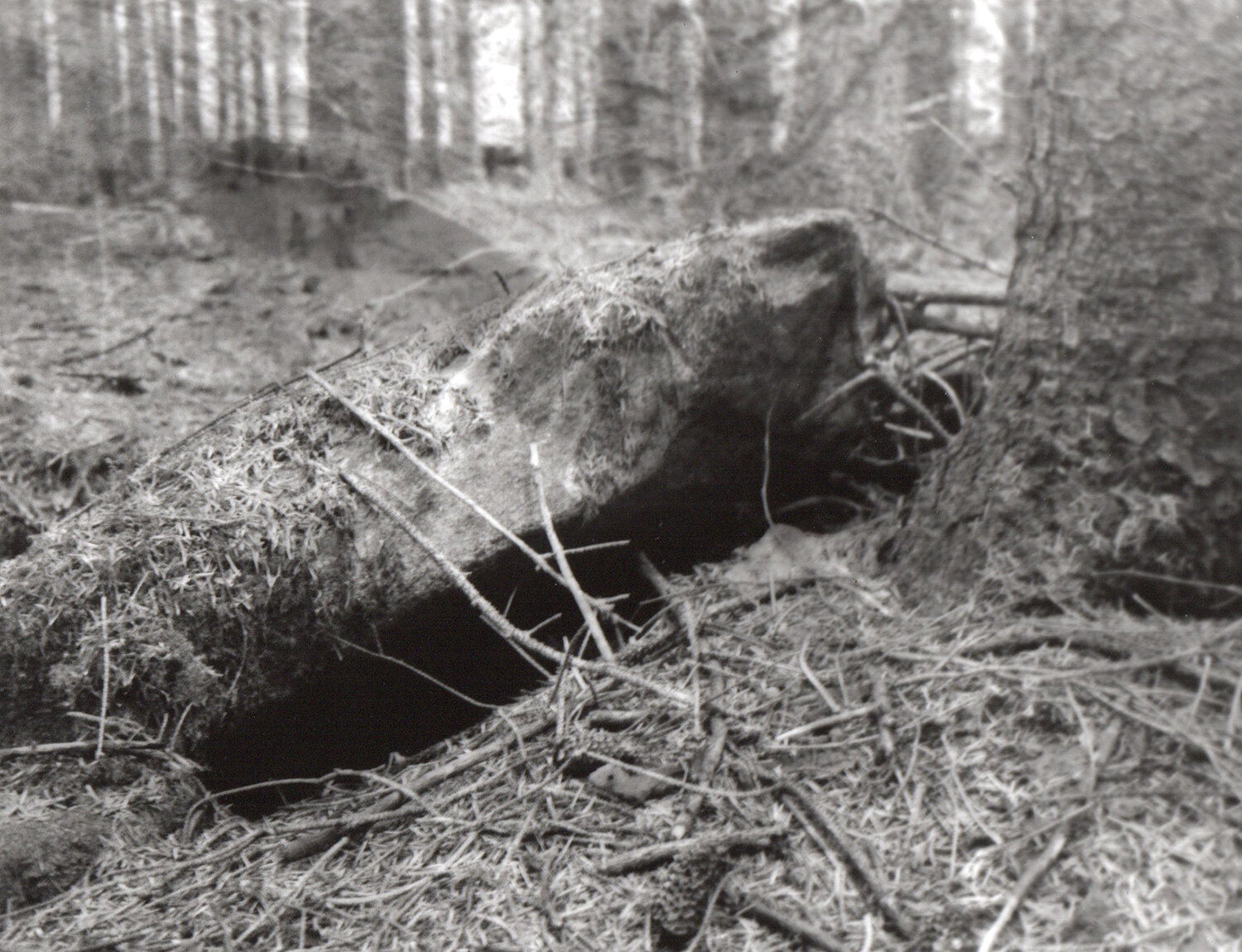




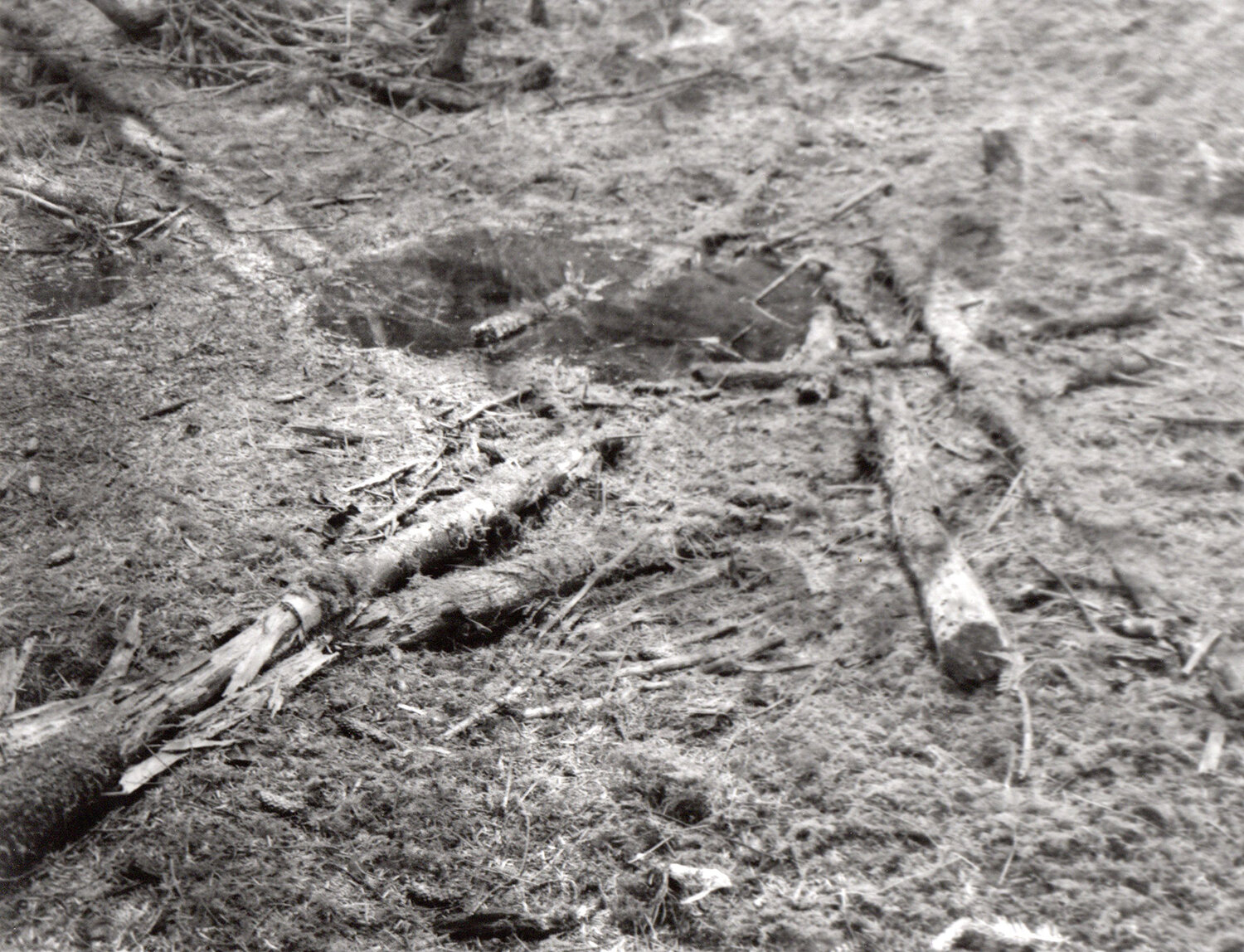




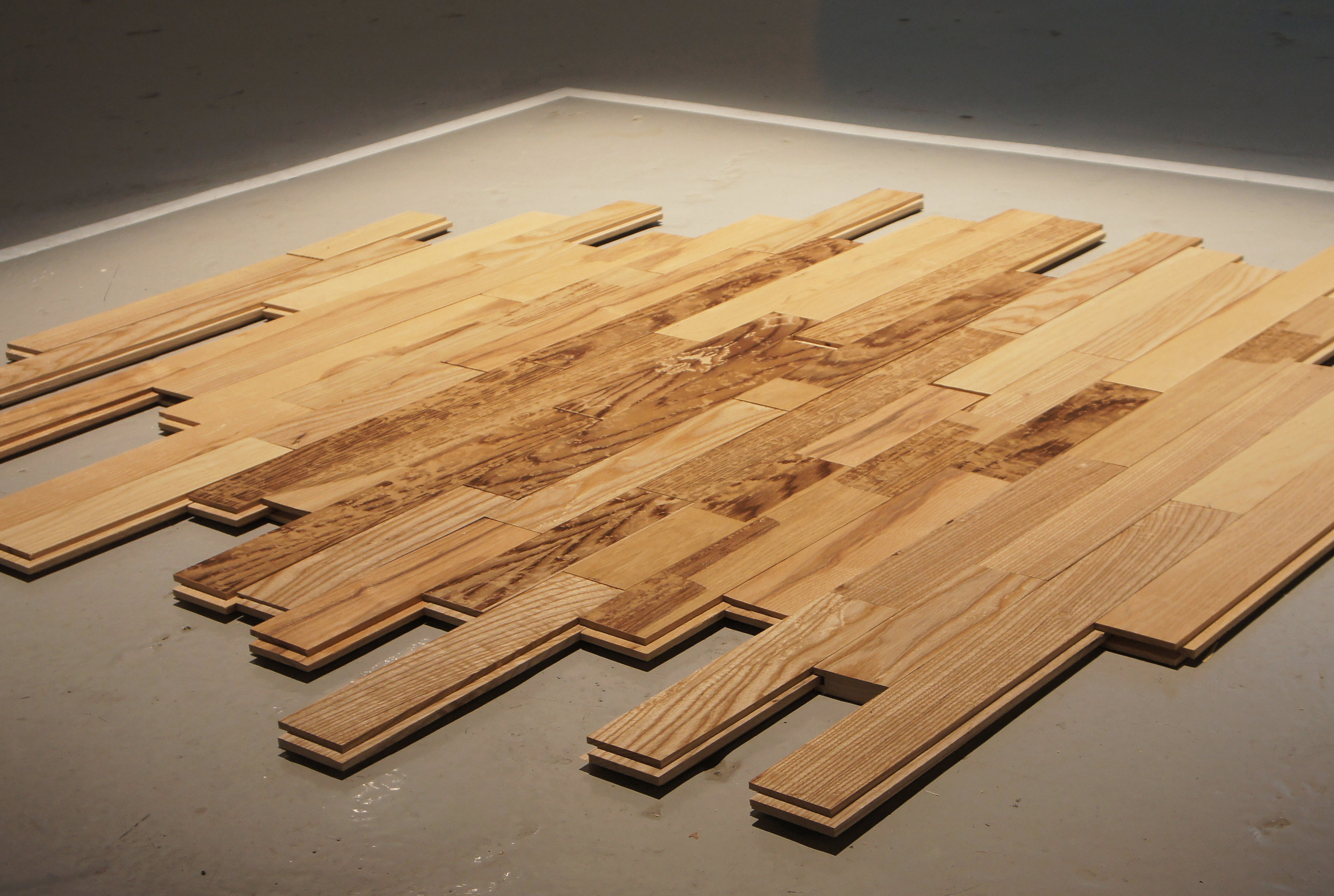




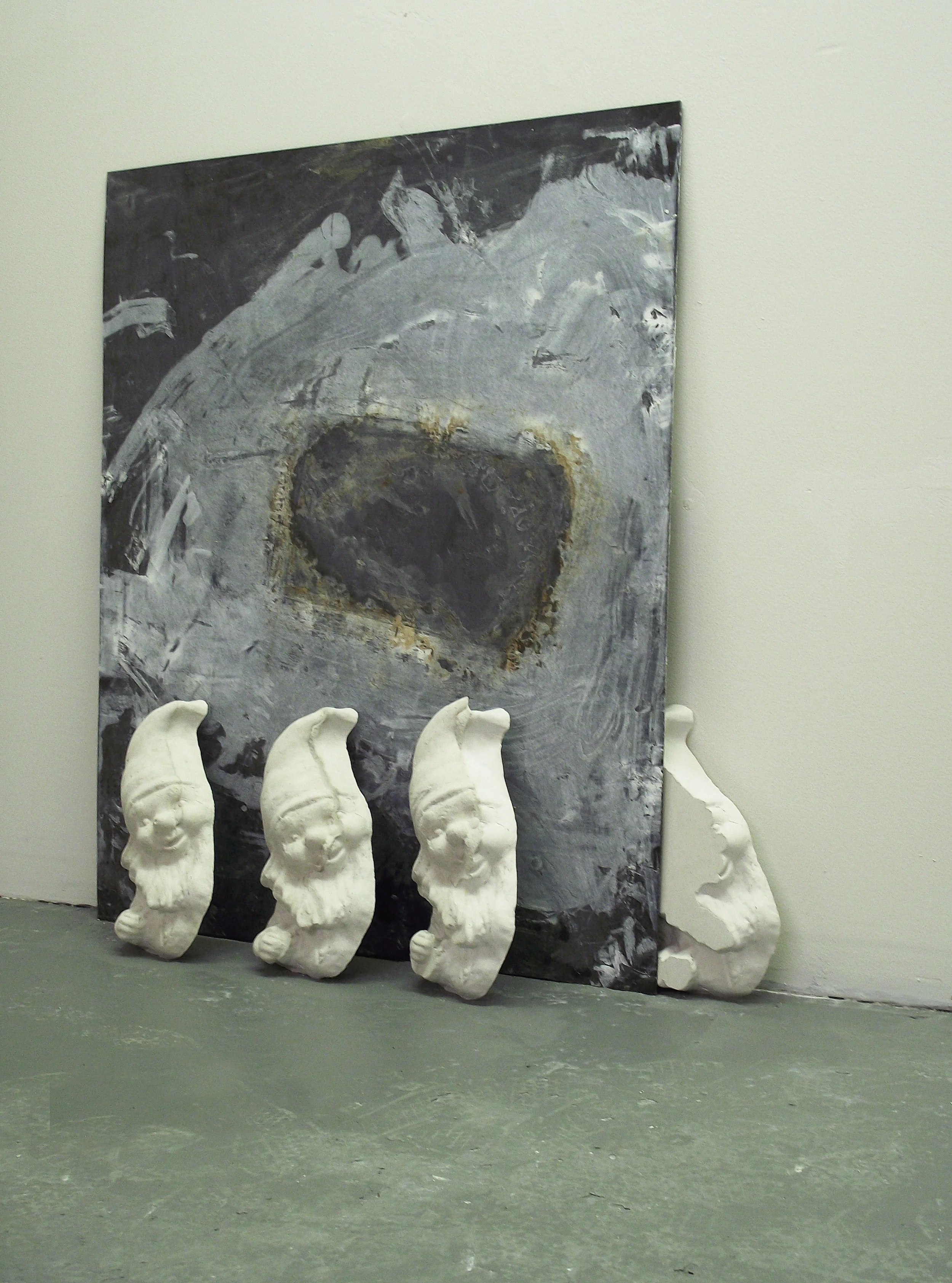

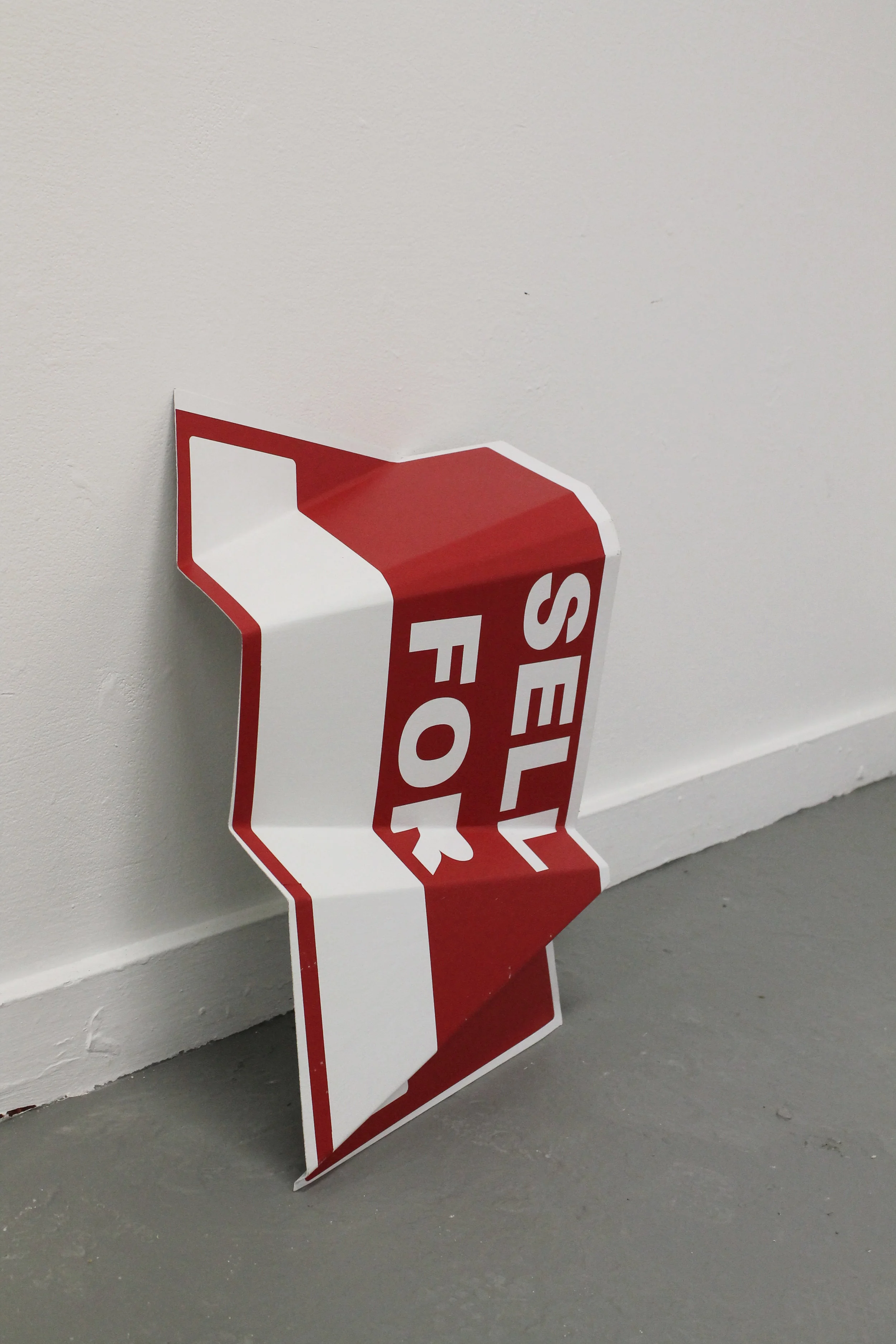


















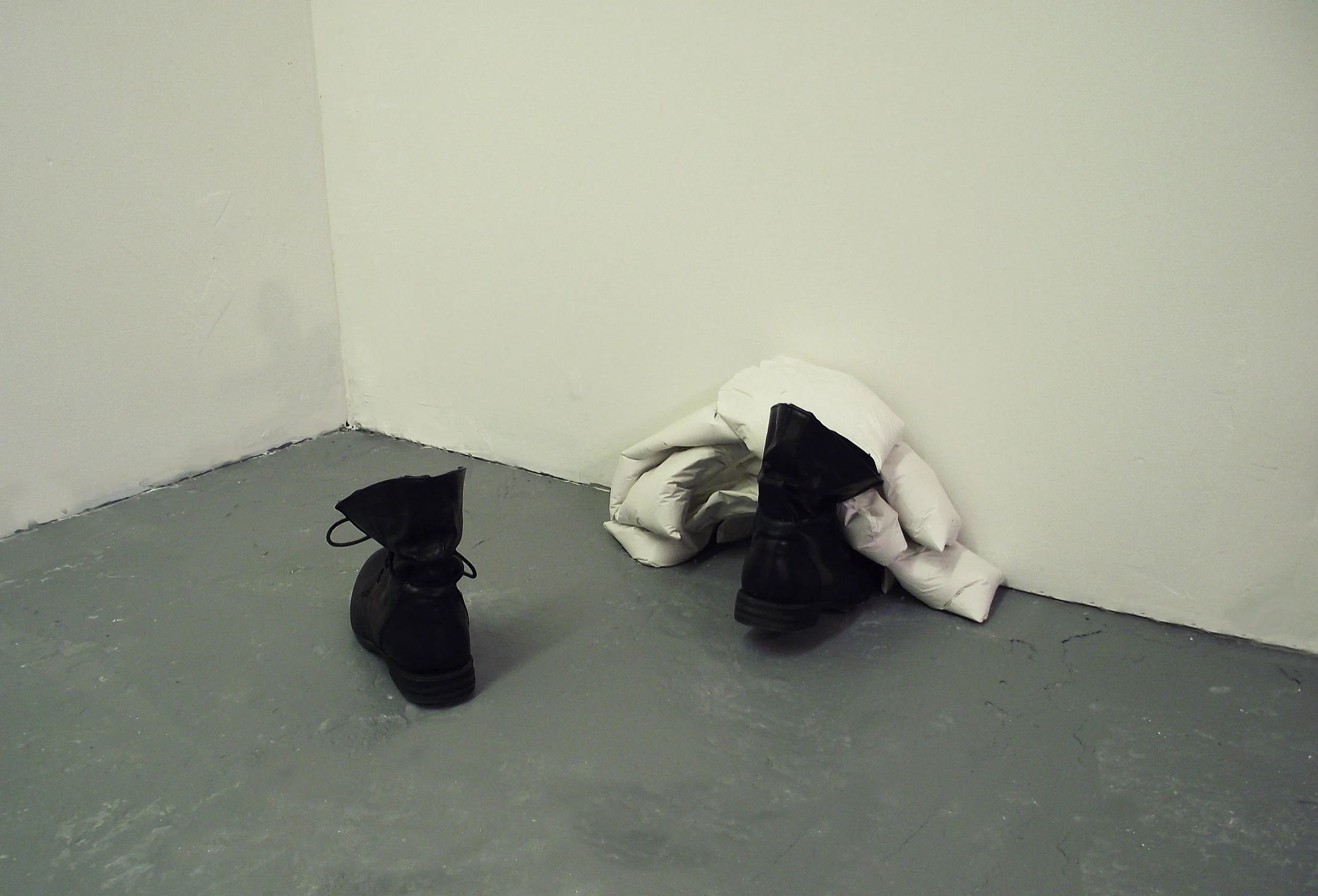











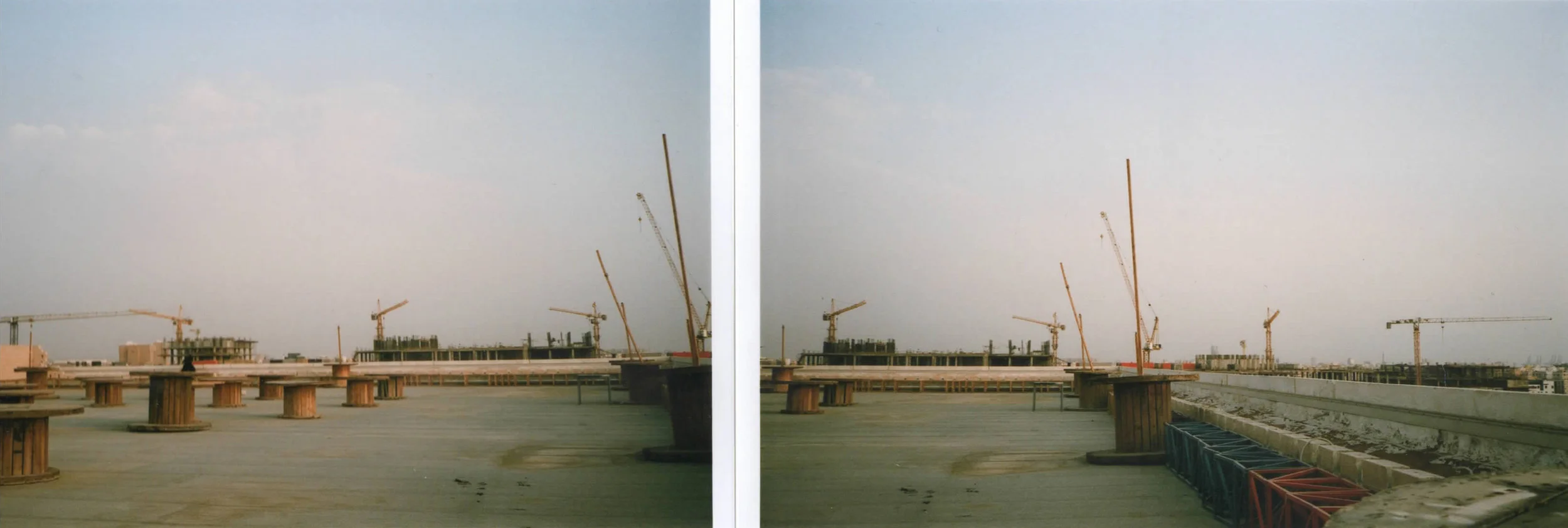

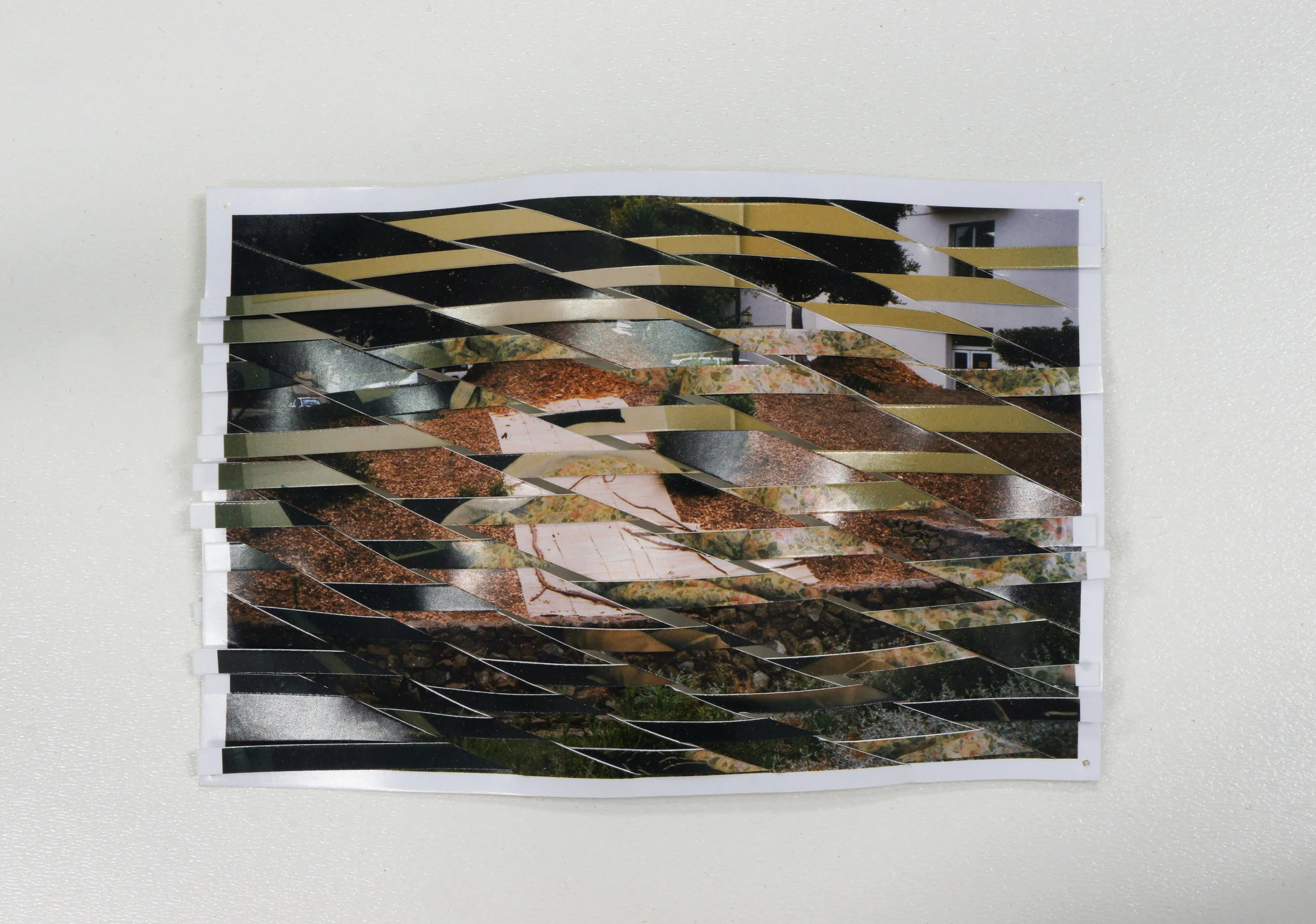
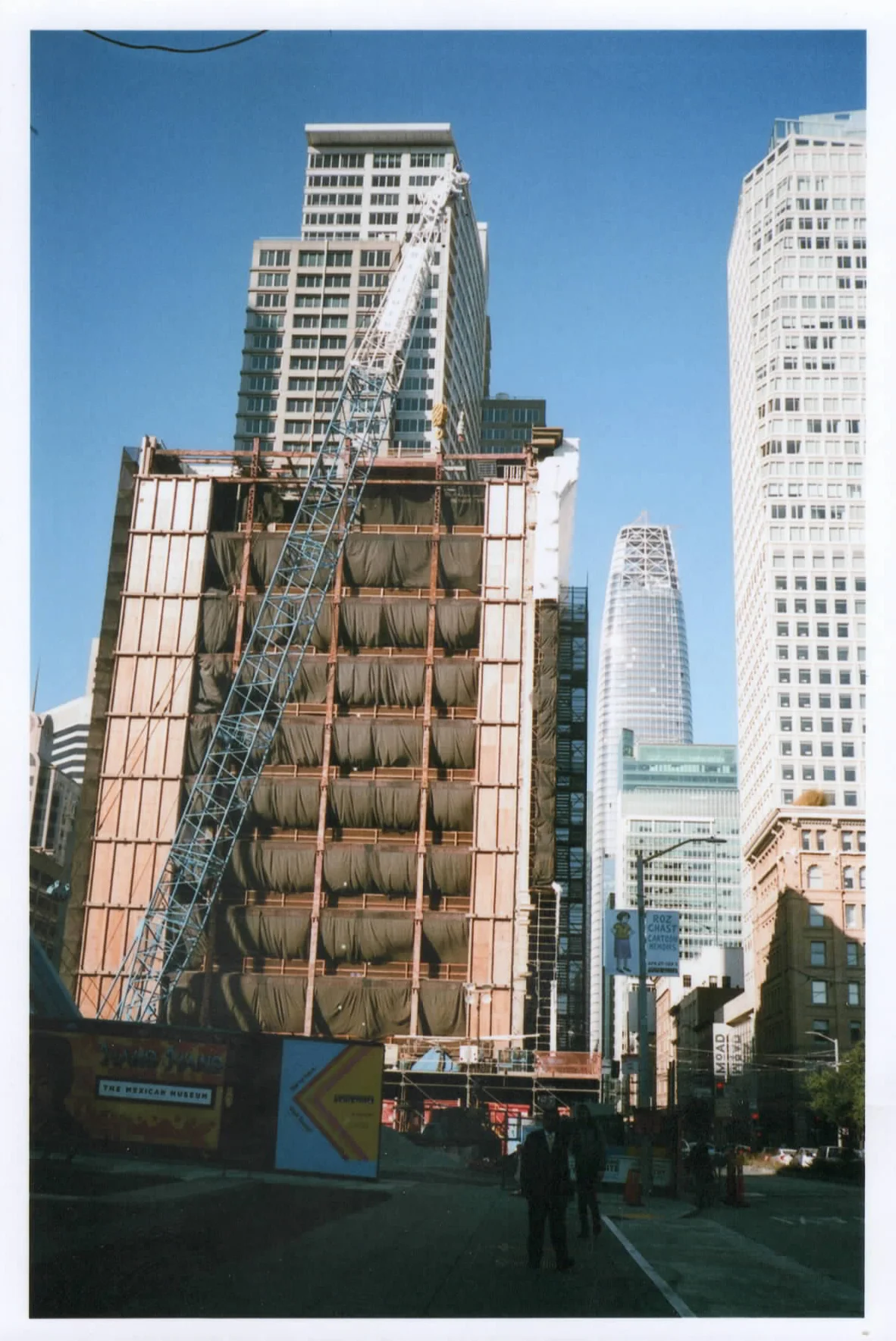


![Western Wall, Jerusalem, Israel. Jan. 2020--> Judaic-Christian-Muslim [space].](https://images.squarespace-cdn.com/content/v1/5515f31ae4b07ea6d27e656c/1582110852953-HIRYRDOIPX4698BQ3MA7/WesternWall%28smallerSize%29.jpg)